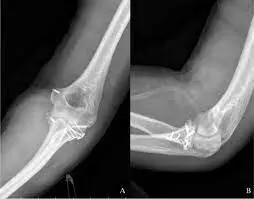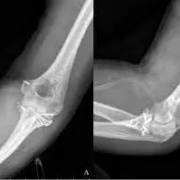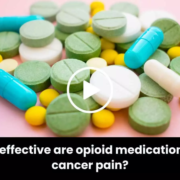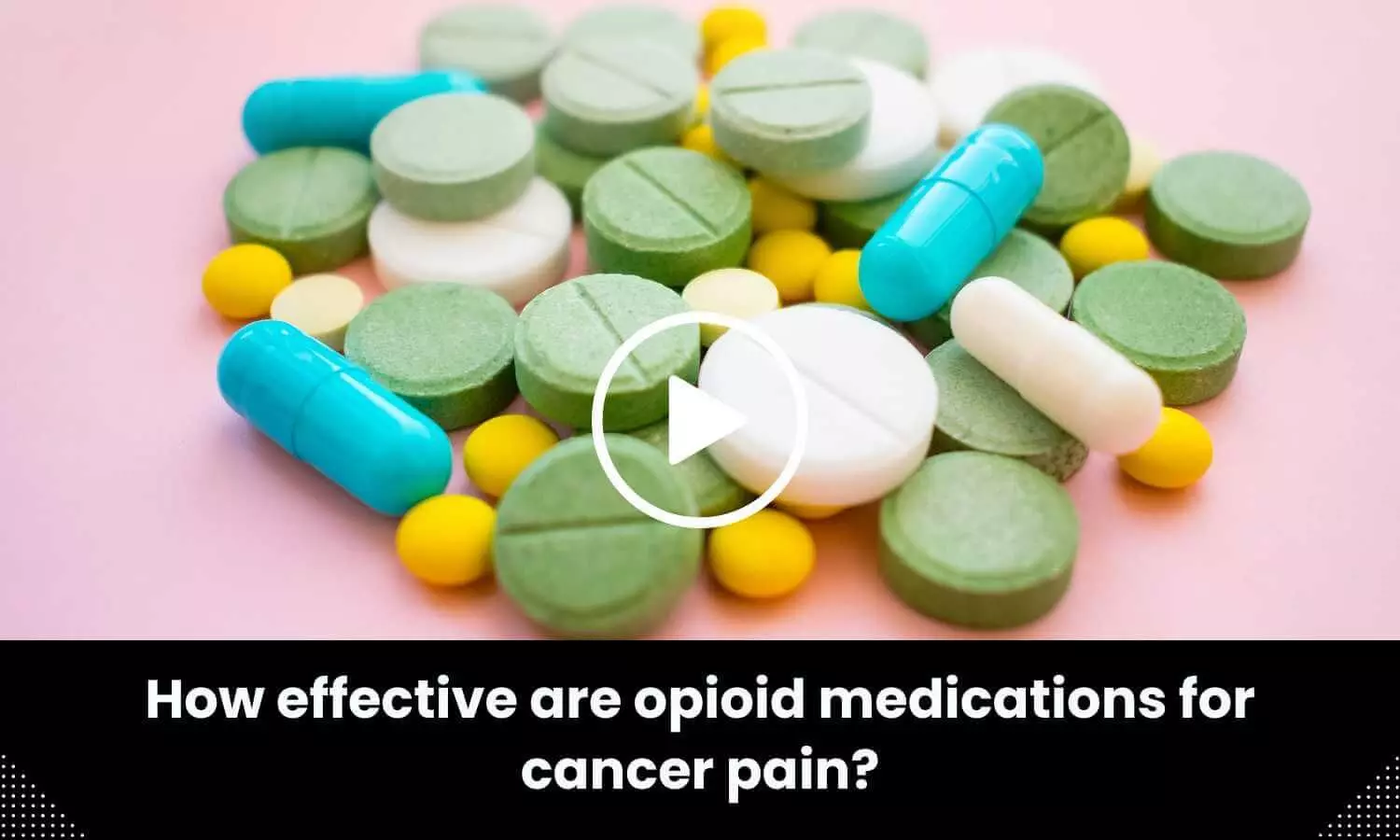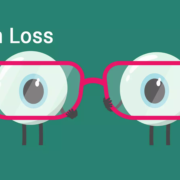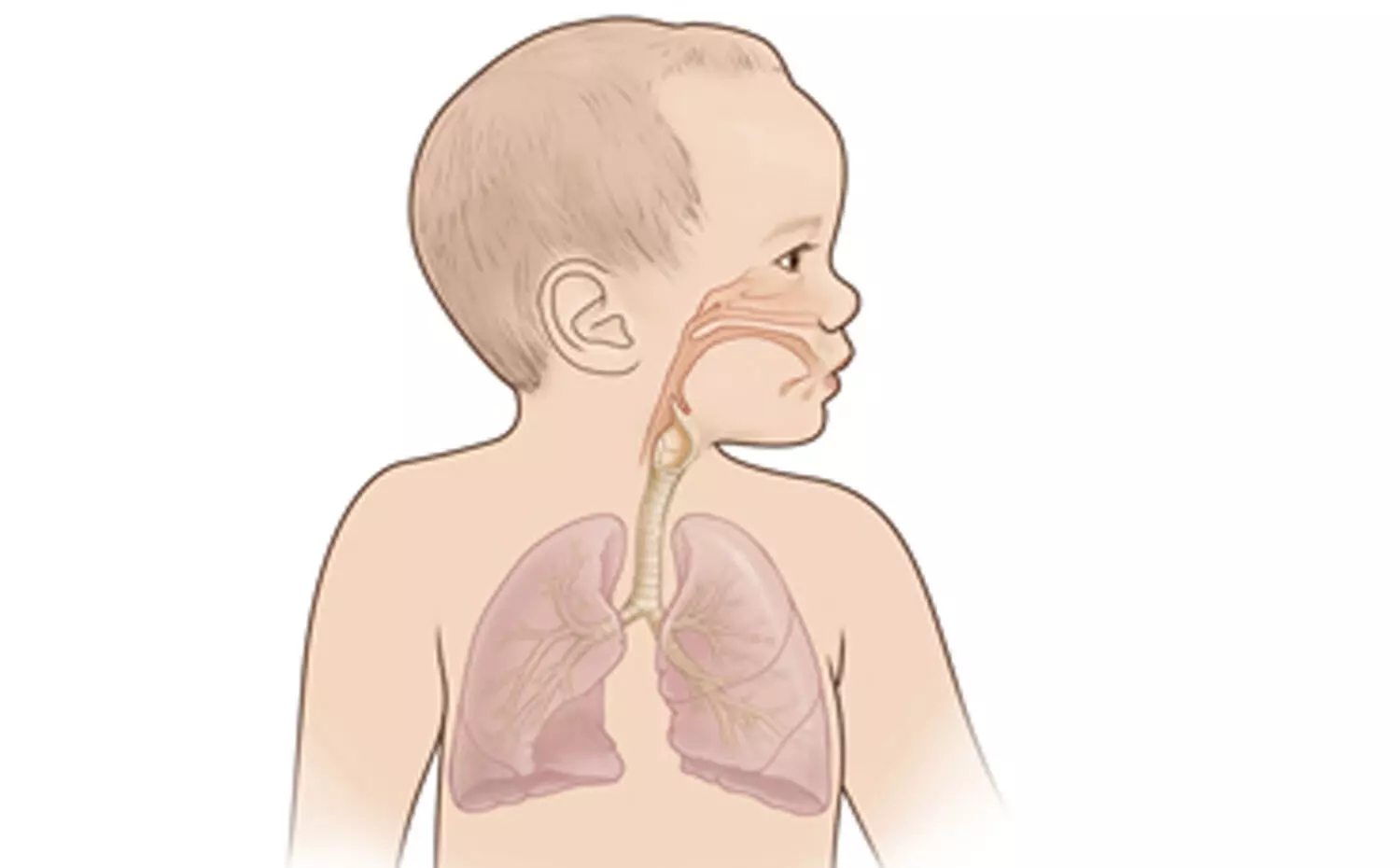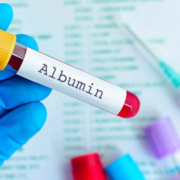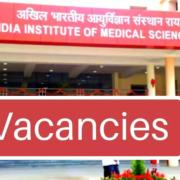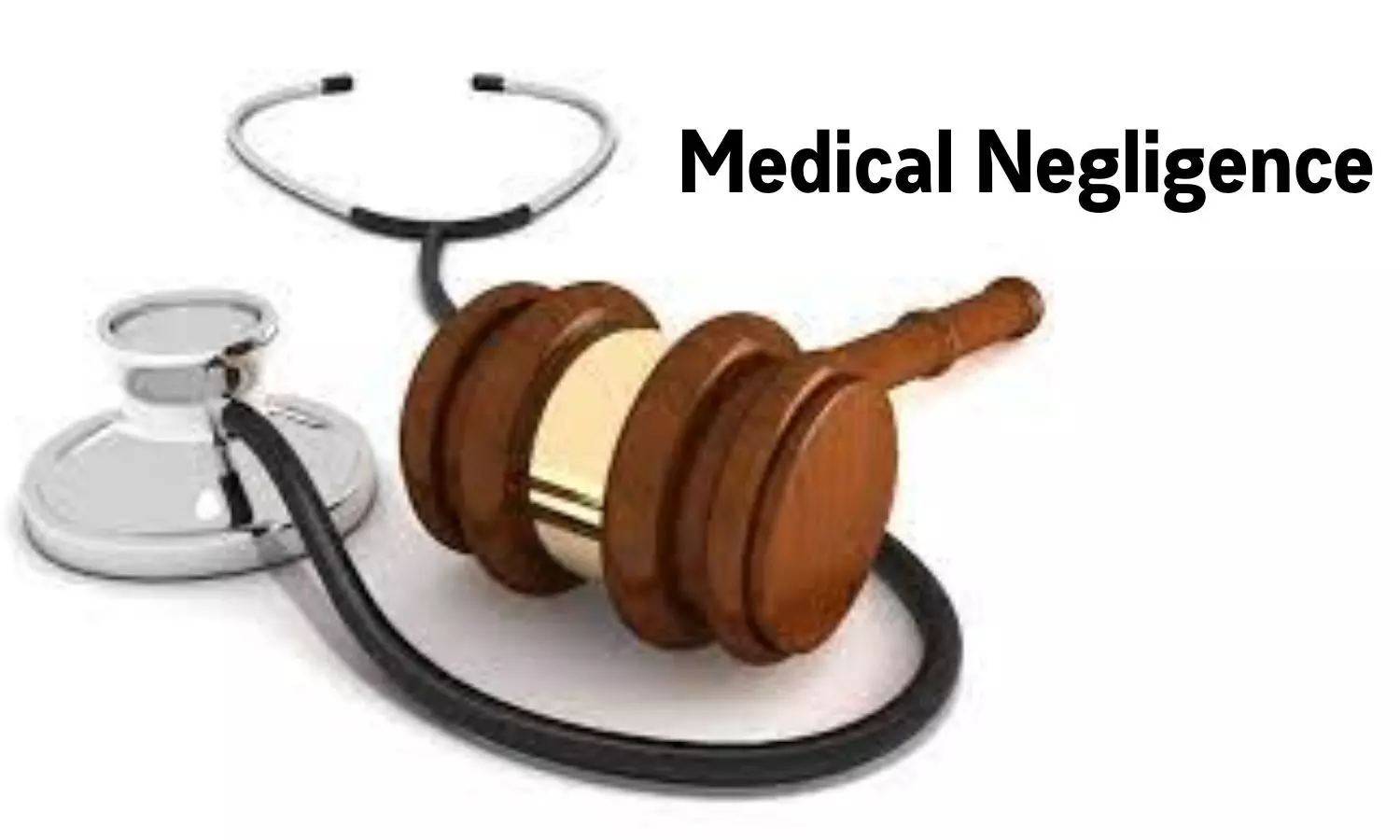
Bengaluru: A District Consumer Court in Bengaluru recently directed a General and Laparoscopic Surgeon and a city-based Hospital to pay Rs 90,000 as compensation to a patient, who underwent surgery at the facility. It was submitted by the patient that even after undergoing surgery for the fistula issue, he did not get any relief and had to seek treatment elsewhere.
“If the surgery had been conducted properly there would not have the problem and the pain of the complainant as asserted,” opined the consumer court while slapping the compensation on the doctor and the hospital.
The matter goes back to 2021 when the treating doctor conducted surgery on the patient at the treating hospital for a fistula in the anus as the patient had developed severe pain and oozing from the anal region and was suffering from unbearable pain and discomfort.
For the treatment including tests, consultation, surgery, post-operative care, medicines etc. the complainant had to spend around Rs 70,000. Allegedly, even after the surgery, he did not get any relief even after having medicines as prescribed, there was no improvement even after post-surgery with medication and rest and the same was not cured.
The patient alleged that the treating doctor had assured that within 5 days post-surgery, he would recover completely. However, the pain did not subside and therefore, the complainant consulted another Doctor at Shridi Sai Hospital. The doctors at the second hospital conducted the required tests and ascertained that the “Left Anterior Perianal Low Level Fistula” had not been removed through the surgery conducted.
Further, the patient was informed that he had to pay another Rs 75,000 to Rs 90,000 for the next surgery. Since the complainant was not able to spend that much of the amount he intended to make an appointment with the treating doctor. However, when he did not get an appointment, he secured an appointment through a fake name. Allegedly, the doctor did not hear the problem and a scuffle broke out and a complaint was lodged on 29.06.2021. Following this, the patient took Ayurvedic treatment at Sri. Dhanvantri Ayurveda Hospital, Bangalore.
On the other hand, the doctor and the hospital submitted that the patient had signed the consent form for the surgery and the said disease cannot be completely cured even after the surgery. It was submitted that it depends on diet habits, follow-up treatment and maintaining the food prescribed. It was submitted that the disease concerned is not permanently curable.
Further, it was submitted that the doctor conducted the prescribed procedure as a prudent medical professional would do in the facts and circumstances of the case.
However, while considering the matter, the consumer court opined that there was a deficiency in service and the patient was partly entitled to the relief sought.
The consumer court took note of the acknowledgement given by the police regarding the complaint, in which it was alleged that even after the surgery the complainant had not been completely cured and he approached Shridi Sai Hospital, where the doctor gave a report that proper treatment was not given.
Apart from this, the consumer court also perused the prescription obtained from Shridi Sai Hospital and noted “On perusal of the same it appears that the complainant had obtained treatment at Shridi Sai hospital on 26.05.2021 and the scanning and diagnostic report issued by Imaging and diagnostic centre dated: 26.05.2021 indicates that the complainant had the problem of “Left Anterior Perianal Low Level Fistula”.”
The complainant also produced a treatment charges receipt issued by the Ayurveda Hospital, where “Kshara Sutra” treatment procedure was given and the patient was kept under observation for one day. The Commission noted that the complainant paid a total bill of Rs 49,550 at the Ayurveda Hospital.
Noting this, the consumer court observed,
“We feel that itself indicates that the complainant had the problem and with the surgery by opposite party No. 1 the Fistula problem of the complainant has not been removed completely. If the surgery had been conducted properly there would not have the problem and the pain of the complainant as asserted. Further, it appears to us that nobody would visit and get admitted to the hospital post-surgery as the complainant did without any problem.”
The consumer court further noted that the treating hospital and doctor did not argue that the medical bills and documents issued by the Ayurveda Hospital were concocted.
Therefore, opining that there was medical negligence and deficiency on the part of the treating doctor and hospital, the Commission noted,
“Hence, we feel there was negligence on the part of opposite party No. 1 in conducting the surgery properly. The facts of the case in the cited judgment is entirely differed from the facts of the case in hand thereby the same is not applicable. Hence, for the above said reasons, there is deficiency of service on the part of opposite party No. 1 and as opposite party No. 1 has conducted the surgery at opposite party No. 2 hospital, we feel there is deficiency of service on the part of opposite party No. 2 also.”
By considering the pain and suffering undergone by the patient and the extra expenses at Ayurveda hospital, the Commission opined that the complainant was entitled to a sum of Rs 60,000, another Rs 20,000 for the mental agony and suffering that he had to undergo and Rs 10,000 towards litigation cost.
Accordingly, the Commission ordered, “Complaint is allowed in part. The Opposite Party No. 1 & 2 are jointly and severally liable to pay a sum of Rs.60,000/- towards extra expenses incurred by the complainant in the form of damages and a sum of Rs.20,000/- towards mental agony and sufferings undergone and a sum of Rs.10,000/- towards litigation cost.”
To view the consumer court order, click on the link below:
https://medicaldialogues.in/pdf_upload/bengaluru-consumer-court-235670.pdf
Also Read: Faulty fissures operation: Bengaluru Hospital, Doctor slapped compensation
